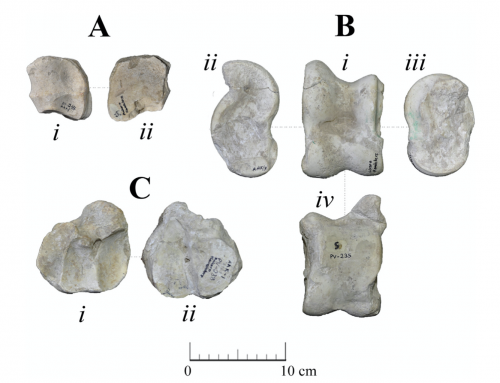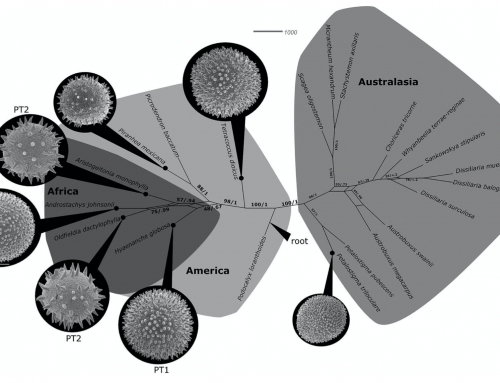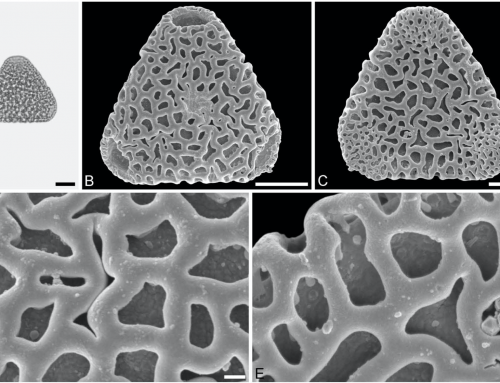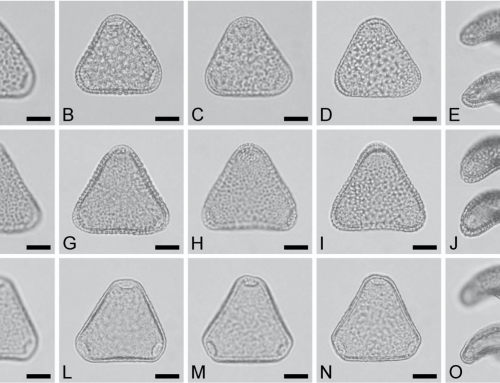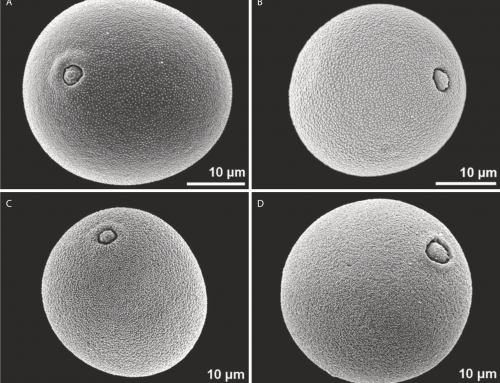Authors: Friðgeir Grímsson, Thomas Denk
Leaf and cupulenut remains belonging to Fagus (beech) have previously been reported from three plant-bearing formations on Iceland, the 15 Ma Selárdalur–Botn Formation, the 13.5 Ma Dufansdalur–Ketilseyri Formation, and the ca. 9–8 Ma Skarðströnd-Mókollsdalur Formation, and have traditionally been assigned to various species. In this paper, we study Fagus leaves and cupules from the Miocene of Iceland based on unpublished and newly collected material and assess their taxonomic position. Leaves from Selárdalur (15 Ma) and Tafla (13.5 Ma) are described as a new species, Fagus friedrichii, on grounds of unique combinations of morphological features such as the large elliptical leaves with densely spaced secondary veins, the attenuate leaf apex, and the consistently craspedodromous venation. Specimens from the middle Miocene Seldovian flora of Alaska that have previously been suggested to belong to Fagus antipofii Heer are included within F. friedrichii. Coeval and slightly older Fagus species from Eurasia are compared to the new species from Iceland. For F. friedrichii, a migration to Iceland from North America via Greenland is assumed. The leaf remains from the younger Mókollsdalur exposure (ca. 9–8 Ma) are clearly distinct from F. friedrichii and are identical to Fagus gussonii Massalongo emend. Knobloch and Velitzelos from the upper Miocene of Europe. This is also indicated by the relatively large cupules associated with the Icelandic leaves that are identical to cupules cooccurring with leaves of F. gussonii in Greece and Spain. The large geographical gap between Icelandic and coeval southern European populations of F. gussonii may be related to the general distribution of F. gussonii at the margin of the western Eurasian range of Fagus during the Neogene and perhaps to markedly oceanic climatic conditions under which it grew. For F. gussonii, a migration to Iceland from Europe is suggested.
